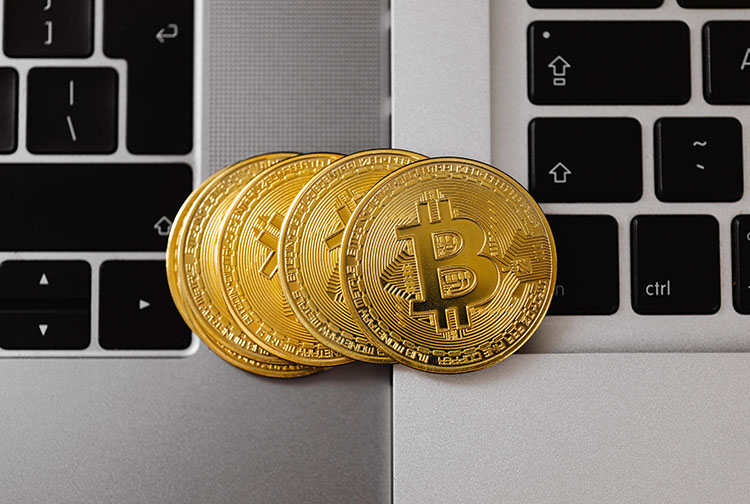

The challenge of monetising India’s gold
India is one of the world’s major gold markets. A significant amount of this gold is held at home by the population, who consider it an essential part of their heritage, a safe-haven asset, and an informal trading system in a country where a large portion of the population still lacks access to banking services. The government has been trying for years to bring this gold into the financial system, but changing a cultural tradition is no easy task.
According to a study conducted by the India Gold Policy Centre (IGPC), it is estimated that Indian families hold up to 30,000 tons of gold, a massive amount of this precious metal that they seem reluctant to monetise. In a country where access to banking services is still out of reach for a significant portion of the population, especially in rural areas, gold has been seen as a safe-haven asset and has become the preferred investment of most people.
In the past decade, the Government’s efforts to reduce financial exclusion have proven effective, yet there is still a significant portion of the population (190 million people) excluded from banking access. However, India stands as a great example of how to facilitate financial inclusion through a strong network of mobile connectivity and the internet, along with a vast ecosystem of emerging fintech businesses that offer accessibility and user-friendliness of their services.
Nevertheless, the Government was aware that much more had to be done to monetise significant amounts of privately-held gold into the economy, especially when considering that this devotion to the golden metal is so deeply ingrained in the Indian psyche. Currently, 87% of households in the country, even those with the lowest income levels, possess some amount of gold.
The Government’s Monetisation Plan
In 2015, the Indian government launched the Gold Monetization Scheme (GMS) aimed at mobilising gold held in homes and institutions across the country to increase its productive use and, in the long term, reduce the country’s reliance on gold bar imports, thereby mitigating the trade deficit.
The Gold Monetization Scheme allowed customers to receive interest payments for their gold deposits as soon as they made them effective. A depositor who made a short-term deposit, between one and three years, would receive an annual interest rate of 2.25% under the plan. Additionally, the government also announced the launch of a Sovereign Gold Bond Scheme and the creation of the Indian Gold Coin.
However, eight years later, the World Gold Council (WGC) reported that only 0.22% (21 tons of gold) of Indian households’ surplus gold had been monetized under the program since its launch. It’s quite clear that the program has failed to incentivize families to part with their physical gold, perhaps because there wasn’t a full understanding of how Indian households perceived gold ownership.
Subsequent changes in the program, offering improved terms with the launch of the Revamped Gold Monetization Scheme (R-GMS), and a 15% increase in the import tax on gold bars, have managed to reduce precious metal imports by 30% compared to 2022. Nevertheless, it’s obvious that the government will need to do much more if it wants to convince the Indian population to bring the gold hidden in their cupboards into the banking system.
If you want to discover the best option to protect your savings, enter Preciosos 11Onze. We will help you buy at the best price the safe-haven asset par excellence: physical gold.






😲
Gràcies, Jordi!!!
I aquí, ens costa acceptar la inversió en or físic….El món és molt divers
Tal qual, per gustos, colors… Moltes gràcies pel teu comentari, Francesc!!!
👌
Gràcies, Carles!!!
Gràcies per l’article
Gràcies a tu, Manel, per ser-hi i per seguir-nos!!!
graciess
Moltes gràcies a tu, Joan!!!
Al final tenir or sota el llit serà una revolució antisistema, un símbol de la llibertat individual i d’una comunitat quan es fa servir com a manera d’intercanvi comercial informal.
Ja ja, en comptes d’evolucionar, el que farem serà involucionar… Moltes gràcies pel teu comentari, Mercè!!!